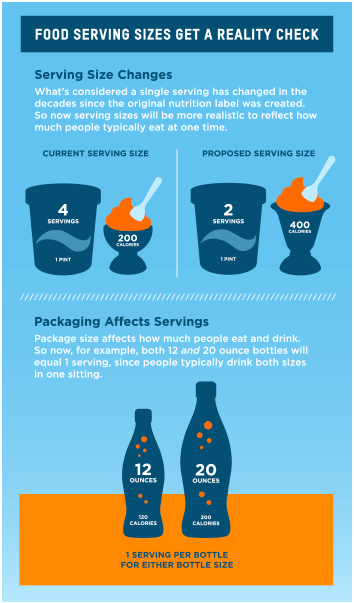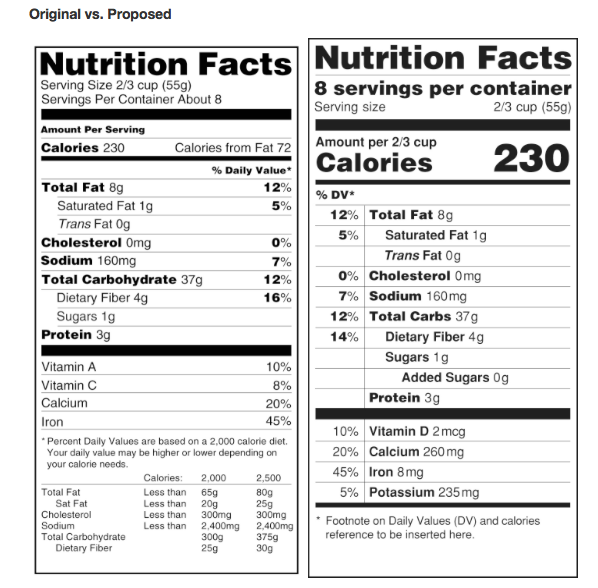What if every food label had a color-coded grade that told customers whether or not the food is healthy? Imagine picking up two bags of chips: one with a large red ‘F’ on it and one with a large green ‘B’ on it (red ‘F’ indicating the food is a poor dietary choice and the green ‘B’ indicating the food is a healthier option). Which would you choose?
France is considering a similar labeling system. The proposal is to use a colored-lettering system to help consumers know which foods are healthy and which ones aren’t.
The goal is to combat food companies’ clever marketing tactics such as labeling foods as “Low Fat” or “Reduced Fat” by providing consumers with an overall grade that takes saturated fats, sodium, calories, sugar and cholesterol into account.
“An effective antidote against nutritional marketing: The coloriel code thwarts marketing techniques consisting of wear flattering cuts salt and fat or to make much of that ingredient nutritionally rewarding for imparting proper image,” a French study states.
If a color-coded, grading system was applied to the FDA’s newest food label recommendations, do you think it would help combat obesity and diabetes?
Using creative, colorful fonts and tag lines are great, but using misleading health claims is not a fair way to gain a loyal customer base.
Consumers are getting smarter and are really beginning to question what goes into their food.
Don’t end up on one of the many sites now devoted to calling out foods and manufacturers who make misleading health claims.
Labels are important. Use yours to promote your product in an ethical, responsible way and you will gain a loyal customer base!



